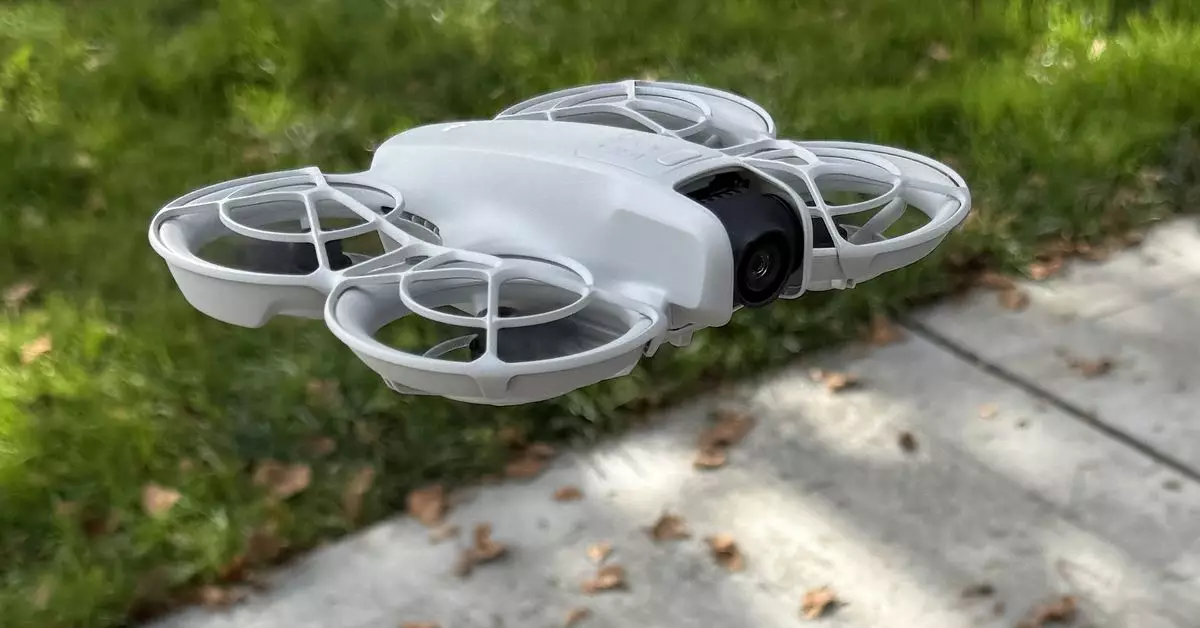DJI has once again established itself as a leader in the consumer drone market with the introduction of the Neo selfie drone, priced at an accessible $199. Designed specifically for social media enthusiasts and casual flyers, this agile gadget aims to capture the attention of users across platforms like TikTok and Instagram. The initial wave of critiques pointed out its shortcomings, which primarily revolved around two critical functionalities: the absence of vertical video recording and slower tracking speeds compared to competitors, like the Hover X1. However, recent updates suggest that DJI is rapidly addressing these concerns, potentially reestablishing the Neo’s competitive edge.
Recent firmware updates have significantly impaired the Neo’s previous limitations. Notably, the drone can now shoot vertical video, a feature crucial for content creators who thrive on vertical formats. As social media continues to favor vertical content, this enhancement positions the Neo as a more viable option for influencers seeking to create engaging video material. Along with this functionality, the drone’s speed has reportedly increased, allowing it to keep pace with faster-moving subjects, such as cyclists. In previous tests, users found that the Neo could only maintain pace with speeds of up to 13 miles per hour, but post-update, this capability has soared to approximately 20 miles per hour, surpassing manual controls.
The marriage of speed and versatility in capturing vertical footage can significantly alter the landscape for creators who are eager for innovative content. The increased speed not only expands the types of possible shots but also allows for dynamic and engaging videos that were previously challenging to capture. However, it is essential to note the limitations that accompany these upgrades. The Neo video capture is limited to 1080p resolution, which, although sufficient for many applications, may fall short for users aiming for high-end production quality, particularly in a landscape increasingly dominated by 4K visuals. Furthermore, the introduction of the 9:16 vertical format hinges upon updating the DJI Fly app, a process that can vary based on the operating system and may lead to potential hiccups, especially for Android users who must navigate the absence of the app on the Google Play store.
As DJI makes strides in enhancing its Neo selfie drone, the cherry on top would be the integration of more advanced features often sought by enthusiasts and professionals alike. Access to improved video resolutions and a more user-friendly app experience could significantly bolster the drone’s appeal. In a market that thrives on innovation, DJI’s ability to adapt to consumer needs will play a decisive role in the Neo’s success. The updates thus far hint at a promising future for the Neo model, turning initial skepticism into anticipation. As the drone landscape continues evolving, all eyes will remain fixed on how DJI will balance consumer demands with technological advancements in this exciting field.
The developments with the Neo drone reflect a growing understanding of user preferences, demonstrating how crucial swift adaptations to technology can keep brands relevant and ahead of the competition.


Leave a Reply